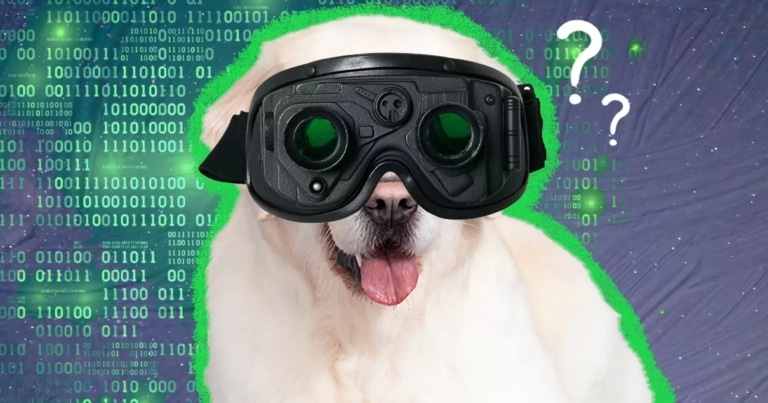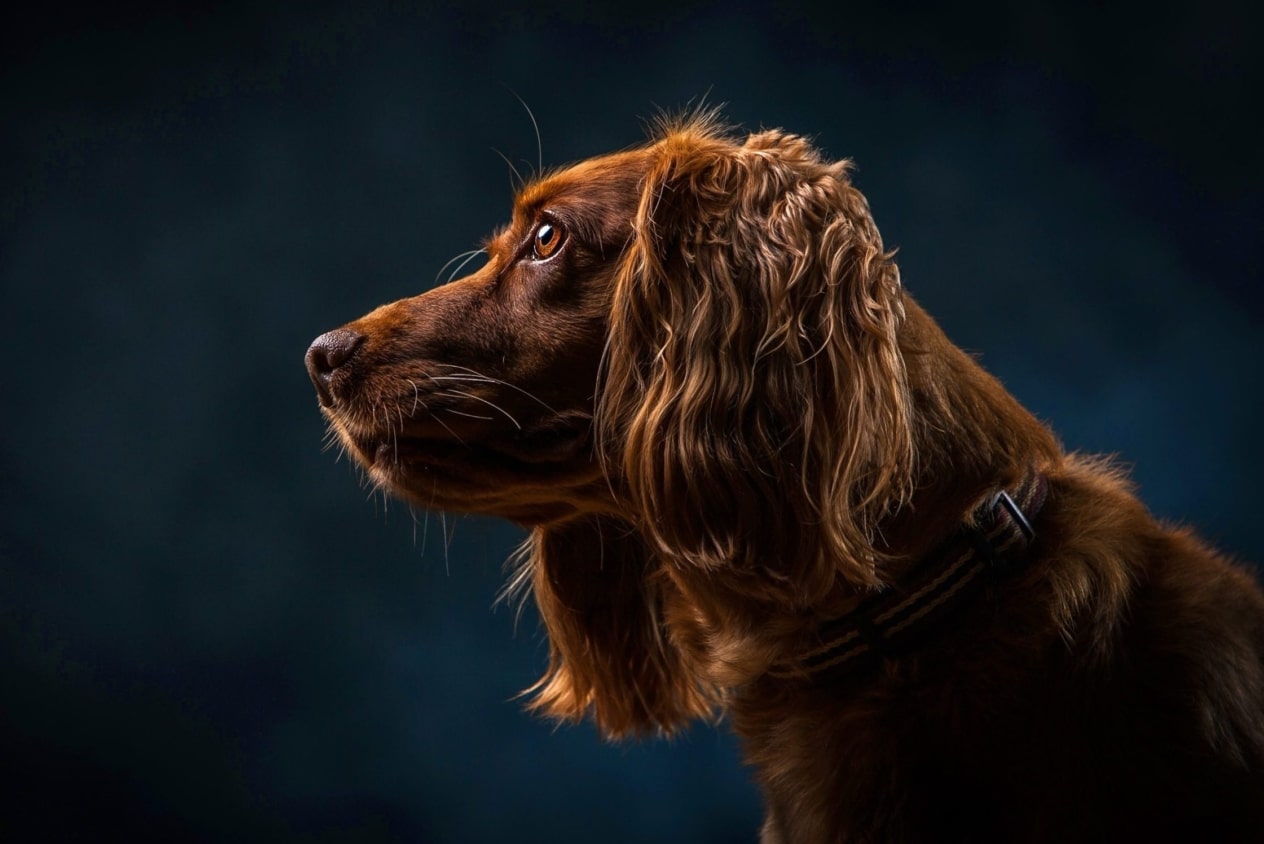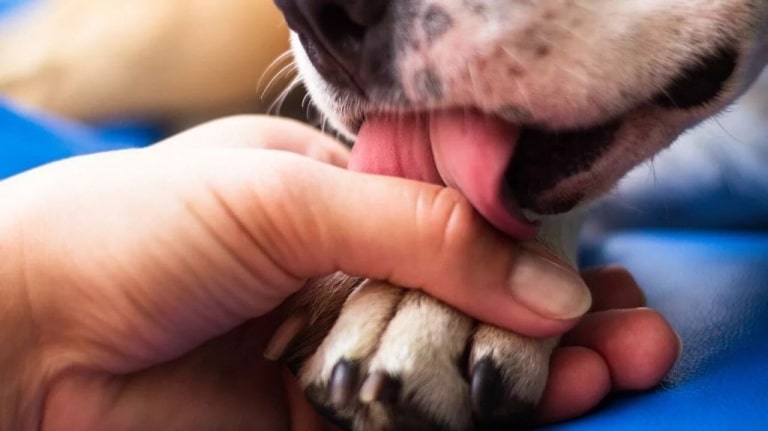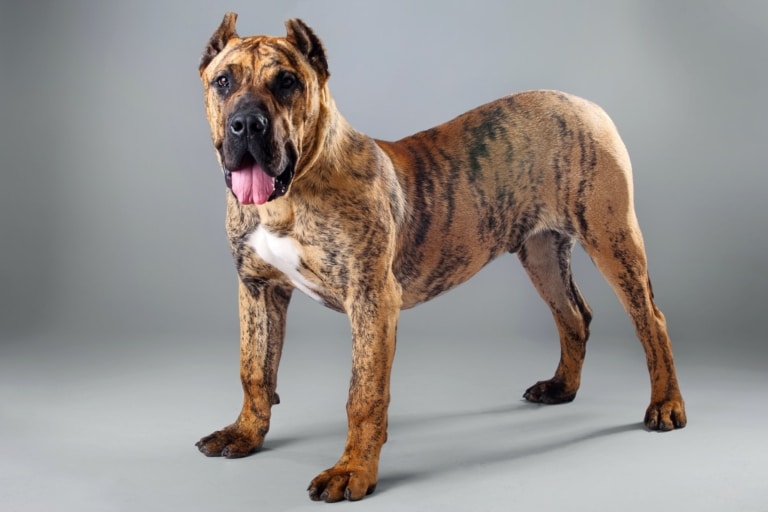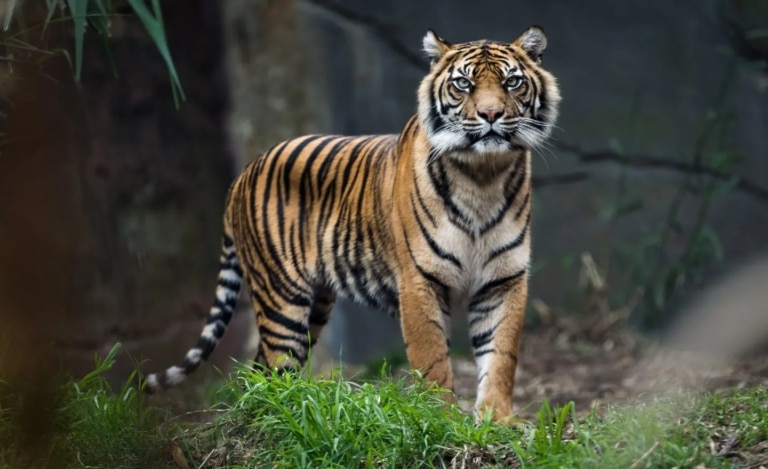Anatomy of a dog’s night vision
Dogs are not nocturnal animals, but their vision in the dark is far superior to that of humans. This ability is inherent in nature and comes from wild ancestors. The main role in night vision plays a special structure of the eyes. In the dog’s retina predominate sticks – photoreceptors, which are responsible for black-and-white vision and sensitivity to light. Compared to us, dogs have a much larger number of rods, which allows them to pick up even weak light, such as that from vision or a street lamp.
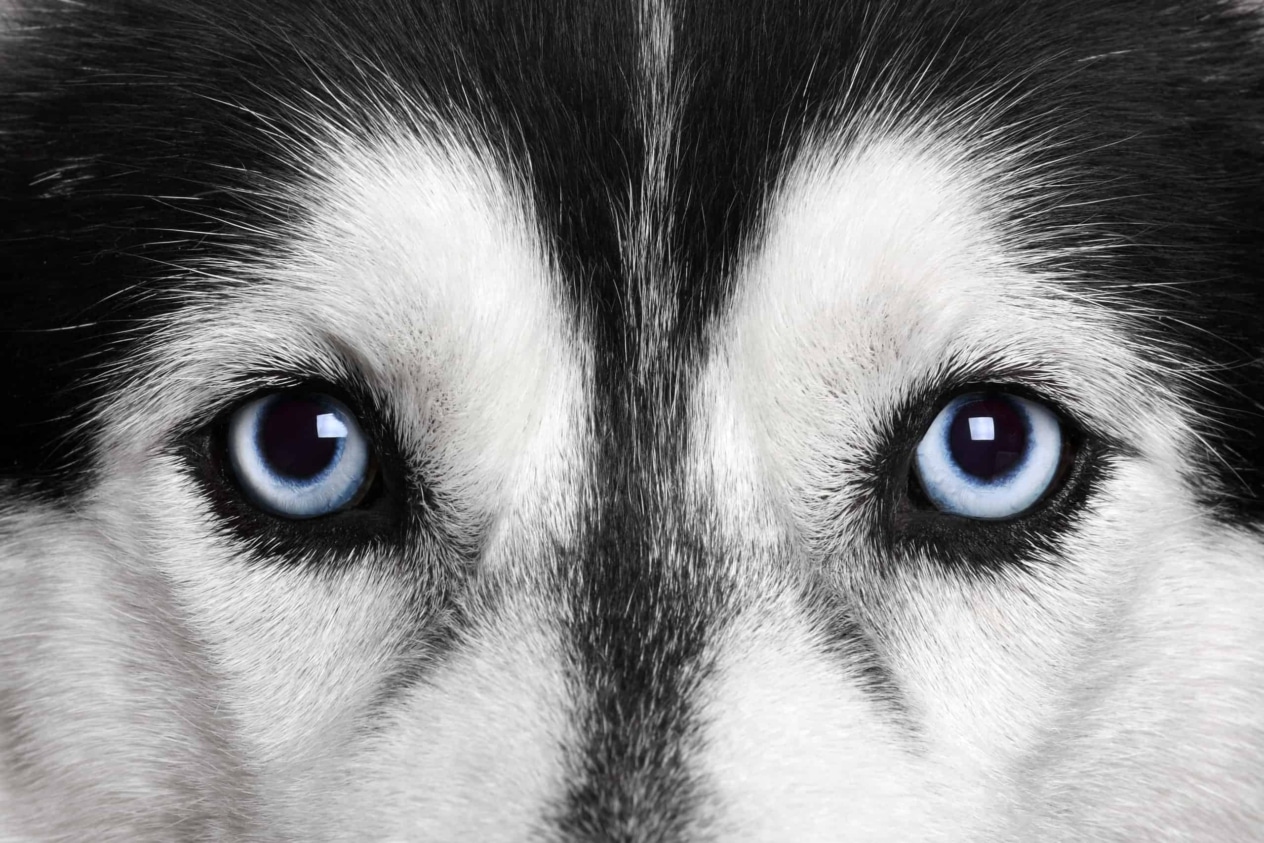
Most unique, however, is the tapetum lucidum layer, the mirror tissue behind the retina, which reflects light back through the photoreceptors as an amplifier. This makes the image brighter and more accurate in the dark. It is this layer that creates the “eye glow” effect in dogs when a headlight or flashlight is shining. Although dogs have less image detail in the dark than during the day, they see contours, movement and light much better than humans – giving them an advantage in nighttime orientation.
Other ways of orientation
Vision is only part of a larger system of perceiving the world around us in dogs. Even if darkness is total, dogs still orient themselves well because they have other powerful tools: their sense of smell, hearing, and memory. Their sense of smell is tens of thousands of times more sensitive than a human’s, so a dog can “feel” the space with his nose – navigate by smell even where nothing can be seen. Hearing doesn’t fail either: dogs can hear high-frequency sounds that we can’t perceive. This helps them pick up even the faint rustling of a mouse or the rustling of leaves dozens of meters away.
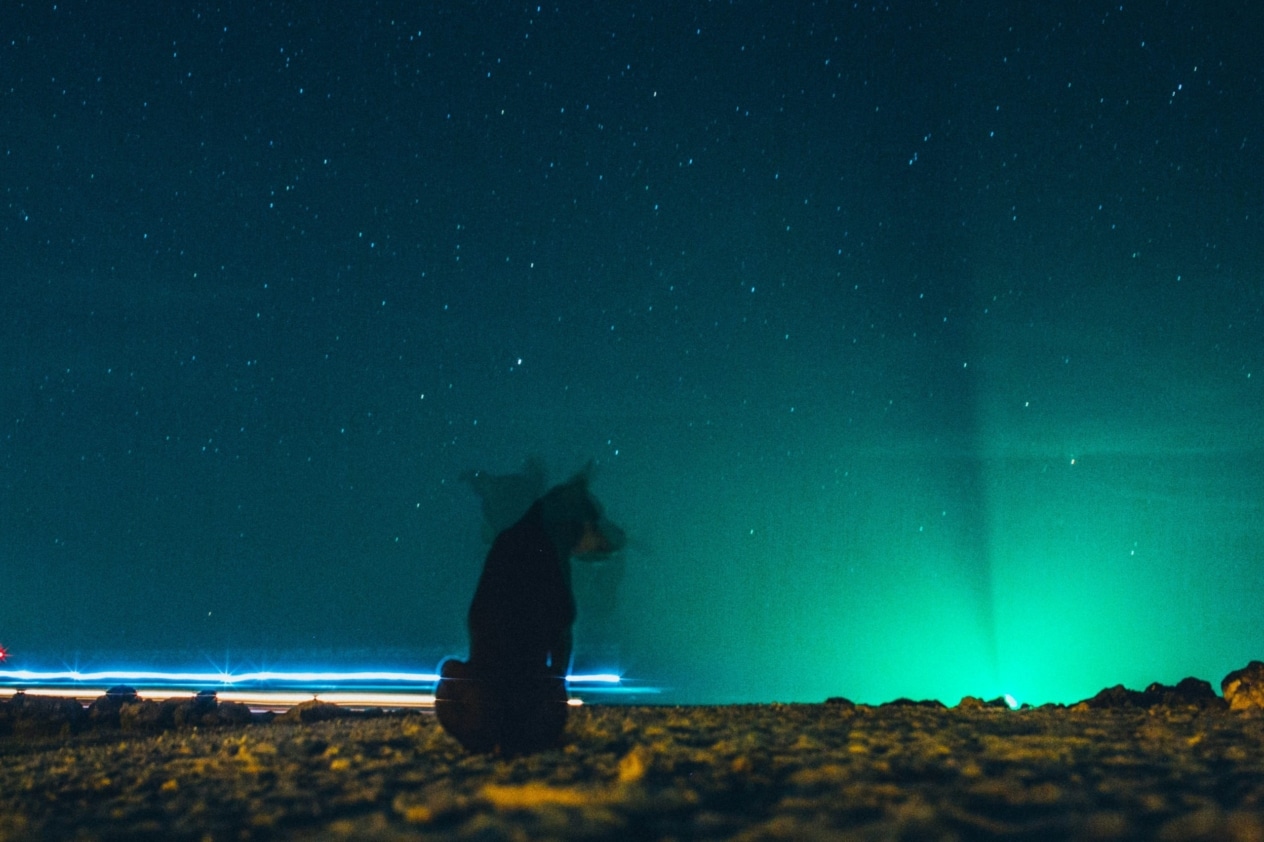
Another important detail is the spatial memory ability. If the dog is familiar with the territory, it remembers its shape, smells and sounds. Therefore, even in total darkness it easily finds its way, bypasses obstacles and returns home. All this makes dogs almost indispensable companions at night – that’s why they successfully work in search operations, in the police and even rescue people in emergency situations, when human vision is powerless.

